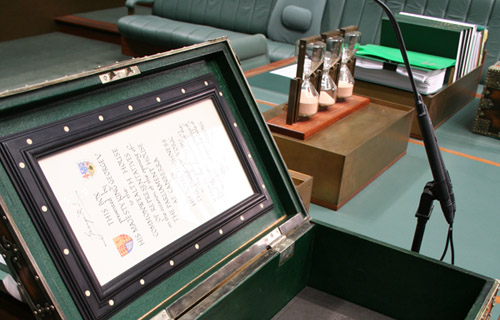Actions to plan, prepare and respond to future coastal hazards, such as erosion, sea level rise and storm tide inundation, have today been outlined in the Our Cairns Coast Coastal Hazard Adaptation Strategy.
Cairns Regional Council is one of 31 Queensland coastal councils preparing a long-term Coastal Hazard Adaptation Strategy (CHAS) under the Queensland Government QCoast 2100 Program.
The CHAS provides a guide for how Council will address coastal hazards from now until 2100 for 14 key coastal localities in Cairns, from Ellis Beach and Palm Cove to Bramston Beach, including Green and Fitzroy islands.
Mayor Bob Manning said implementation of the strategy would ensure that coastal hazards were considered in the organisation’s risk framework and future planning.
“It will mean that Council can apply for specific project grants and modify existing processes to take account of coastal hazards into the future,” he said.
“Coastal hazard management is a critical component of adapting to climate change and to ensure that Council’s coastline and associated assets remain resilient in the long term.”
The strategy assessed the potential risks to Council, community and private assets, and proposes a number of measures to mitigate those risks.
An important part of the strategy was identifying the assets most at risk, what the community in each locality valued most, and adaptations that needed to be prioritised.
To provide guidance on actions, 10 key adaptation principles to manage potential risks were identified, from the use of native vegetation and habitat management to planning considerations, to the modification of assets to be hazard resilient, and coastal engineering.
It also considers if infrastructure will need to be relocated and what areas will be allowed to be impacted by future sea level rises, storm tide inundation and erosion.
In preparing the strategy, extensive community and stakeholder engagement was undertaken to incorporate community values, hazard mapping, identifying and prioritising assets at risk, and considering proposed adaptation options. Over 1,200 people have been engaged to date on the development of the strategy.
A six-week consultation process concluded at the end of August 2021, with most of the feedback on the draft strategy positive.
Council has also received a $60,000 grant under Q-Coast 2 funding to undertake a risk assessment of closed landfills.
Due to the coastal location of the city’s closed landfills, it is crucial Council understands potential risks to the integrity of the bund walls and plans for any rectification works.







